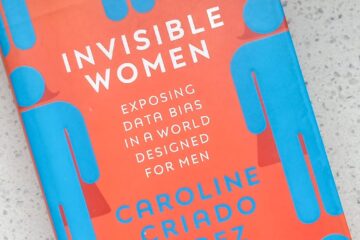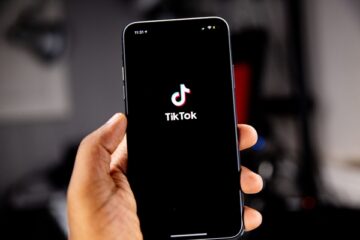The Amazon Rainforest deforestation is happening every single day due to monoculture and livestock farming, mining, wood consumption and a few other industries. The more trees are taken down, the closer it gets to the tipping point, which in Amazon’s case, the deforested area can’t reach more than 20-25%. According to researchers, the current number is around 17%.
The Need for Balance
To appreciate the Amazônia 4.0 project, it’s important to take a step back to understand the Triple Bottom Line concept, created by John Elkington in 1994. It stands for the idea that, on an economic point of view, organizations/governments performance should be measured by three dimensions: planet, profit and people. Meaning that success is represented by a balance between these three dimensions, creating sustainable development.

A Bit of History
Historically, policies related to Amazon Rainforest have been through different phases over the years and governments. The first phase is known as “The First Path”, which consists of a forest preservation model. It was a period when the forest demarcation and protected areas were defined, and there was a strong support for indigenous population. It turned out to be a very effective path to keep the forest standing.
When the military government took over in the 70s, they brought “The Second Path”, which is the model applied to this day. The base of this model is development through intensive exploitation of natural resources. A policy that defines the forest and local population as something to be tamed in order to ensure Brazilian sovereignty in the region. Hence the replacement of forest by areas of different industries.
Considering that the latest model is an unsustainable development policy in the long term, there were attempts to conciliate both policies in the past, although all unsuccessful. Nowadays these policies coexist in constant clashes. It was in this scenario that “The Third Path” or Amazônia 4.0 was born.
From Concept to Practice
Amazônia 4.0 embodies the concept of sustainable development. The project was initially proposed in 2018 by Carlos Nobre, a Brazilian global warming scientist, and consists of creating a new economic model for the Amazon Rainforest region moving away from destructive activities and focusing on regenerative actions. The goal is to create economic value in keeping the forest standing by sustainably exploring products such as cacao, cupuaçu, Brazil nut, açai and others all while empowering the local community.
“We need to think about an Amazônia 4.0, which is exploited with yesterday’s values, but with today’s technologies”
– Carlos Nobre
The project implementation is based on Creative Labs of Amazonia (LCAs), which are portable constructions with solar power. Each product has its own LCA to ensure the products’ sustainable production throughout the supply chain, environmental restoration as well as listening and empowering the local communities who work with this product, highlighting the local culture and ways of doing things.

Each LCA incentivizes innovation to develop new products with added value instead of offering only the raw material to the market. The local community is consulted about the most sustainable way to extract the raw material and, at the same time, they are trained on how to add value to it by making energetic drinks of açai, Brazil nut moisturizer or chocolates. Local communities responsible for forest security are even going to be taught how to perform genome sequencing of the local biodiversity to create a database.
Conclusion
Even though Amazônia 4.0 is not supported by government law and is only now coming out of paper with other organizations’ support, it has a promising path ahead and an extremely powerful message.
If successful, the project has the capacity to change the basis of the local economy, it also has the ability to not only stop deforestation and help to regrow the rainforest but to empower local communities, giving back to them the forest ownership while increasing local incomes.
It will create the full loop and balance between planet, profit and people in the world’s biggest rainforest and I am for sure excited to see that happening!
More about the project on: https://amazonia4.org/
Source:
Photo 1: Photo by subvertivo _lab on Unsplash
Photo 2: Created by Giovana Cury
Photo 3: Photo from Agevolution – Canal Rural
Quote: WWF Brazil post on https://www.wwf.org.br/



